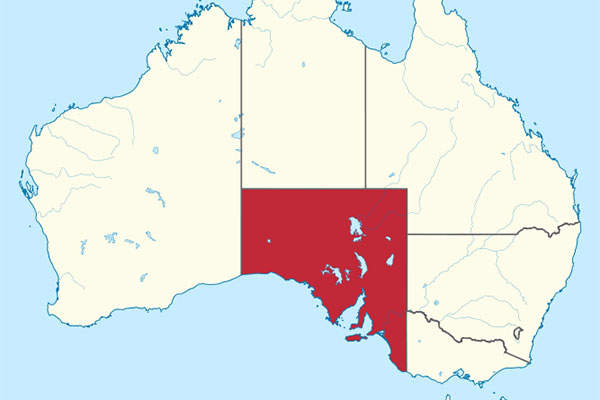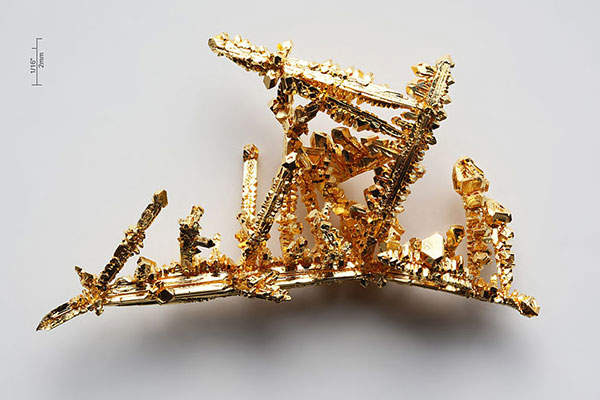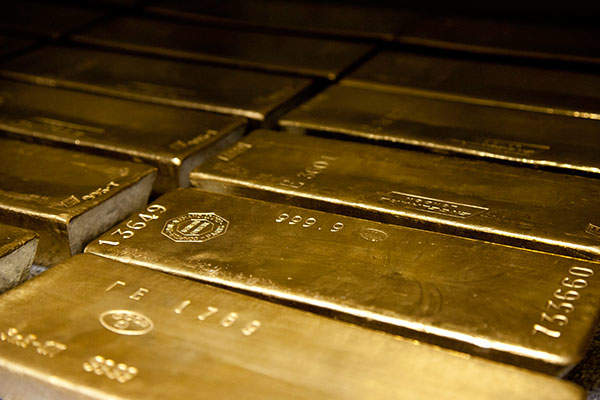
Benagerie Gold, a wholly owned subsidiary of Havilah Resources, is developing the Portia Gold Project in South Australia. Havilah Resources received mining approvals for the Portia gold deposit in October 2014 and started mining operations on 30 March 2015. The project is expected to generate a $40m gross cash flow to Havilah in the second half of 2016.
Havilah signed a funding and mining agreement with Consolidated Mining & Civil (CMC) for the Portia project in January 2015.
Under the agreement, CMC is responsible for funding all the mining costs and deliver gold ore to the surface, and will in return receive 50% of the revenue generated from the sale of gravity-recoverable gold. Benagerie Gold will process the ore at its sole expense and deliver the recovered gold to a refiner.
Portia gold deposit geology and mineralisation
The South Australian deposit falls within Exploration Licence No. 3586 (Benagerie) that includes the Benagerie Pastoral Block.
Benagerie Gold holds the mining lease over an area of 1,745ha for a period of seven years, which covers both the Portia and north Portia project areas. The North Portia deposit consists of oxidised copper-gold mineralisation, which is proposed to be processed at the Kalkaroo plant.
At the Portia deposit, gold occurs as free grains in fine silty host material, which will be processed in a simple gravity washing plant. The gold mineralisation comprises two main components, namely a base of tertiary (BOT) gold-rich layer that sits directly on the bedrock, and a bedrock gold mineralisation that is eroded to produce the BOT gold layer.
A distinctive silty ‘light-grey clay’ element that sits in a depression on the weathered bedrock surface hosts the BOT gold mineralisation, which varies from fine- to coarse-grained material, and is interpreted to be of eluvial origin.
The high-grade and patchy bedrock gold mineralisation is contained in thin veins alongside a formation boundary between pyritic footwall rocks and highly-graphitic black shales.
Mineral reserves at Portia project
The Portia gold deposit is estimated to contain JORC-compliant inferred mineral resources of 720,000t of ore grading 2.9g/t Au. It is estimated to contain for 67,000oz of gold at the base of the tertiary gold layer.
The indicated and inferred mineral resources at the North Portia deposit are estimated to be 19.09 million tonnes (Mt).
Mining and processing of ore at Portia gold deposit
The Portia deposit will be mined using conventional open pit methods. The ore will be transported from the open pit directly to the run-of-mine (ROM) pad. The mining fleet will include two 250t excavators and six 100t dump trucks.
Boddington Gold Mine (BGM) is located about 130km south-east of Perth in Western Australia.
The ROM ore will be initially crushed and delivered to the processing plant, which will use simple gravity separation method. The process will make use of a small gas-fired furnace to convert the gold recovered from the gravity circuit into impure doré bars.
The ore will be initially treated in a large washing trommel, which will disaggregate the clay-weathered rock into slurry that will be passed across a Gekko In-line circular jig.
The underflow containing gold will be passed through a Knelson Concentrator (a special centrifuge) to further concentrate the gold. The material trapped by the Knelson concentrator will then pass over large shaking tables resulting in the separation of gold concentrate, which will be further concentrated on a cleaning table, before being weighed and smelted.
Construction and infrastructure facilities at Portia gold mine
Major construction works undertaken were the establishment of a 50-person accommodation camp and workshop facilities onsite, dewatering pumps, pipeline corridors, water storage dam, and mobilisation of heavy earthmoving equipment to the site. The works also included the re-establishment of a nearby airstrip.
Portable diesel generator sets supply power to the mine site and the infrastructure. Process water is sourced from dewatering wells constructed around the periphery of the open pit and from in-pit sumps. Pit dewatering activities are expected to provide approximately 18l/s of water, which will be maintained throughout the life of the mine.







